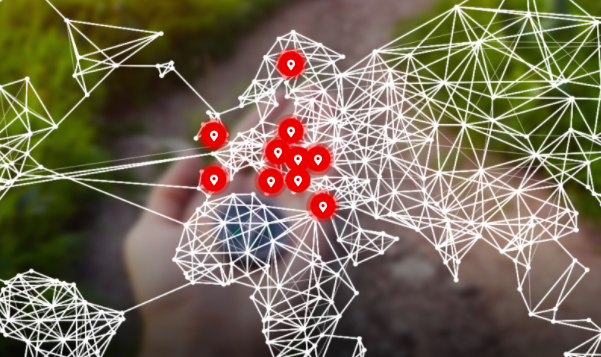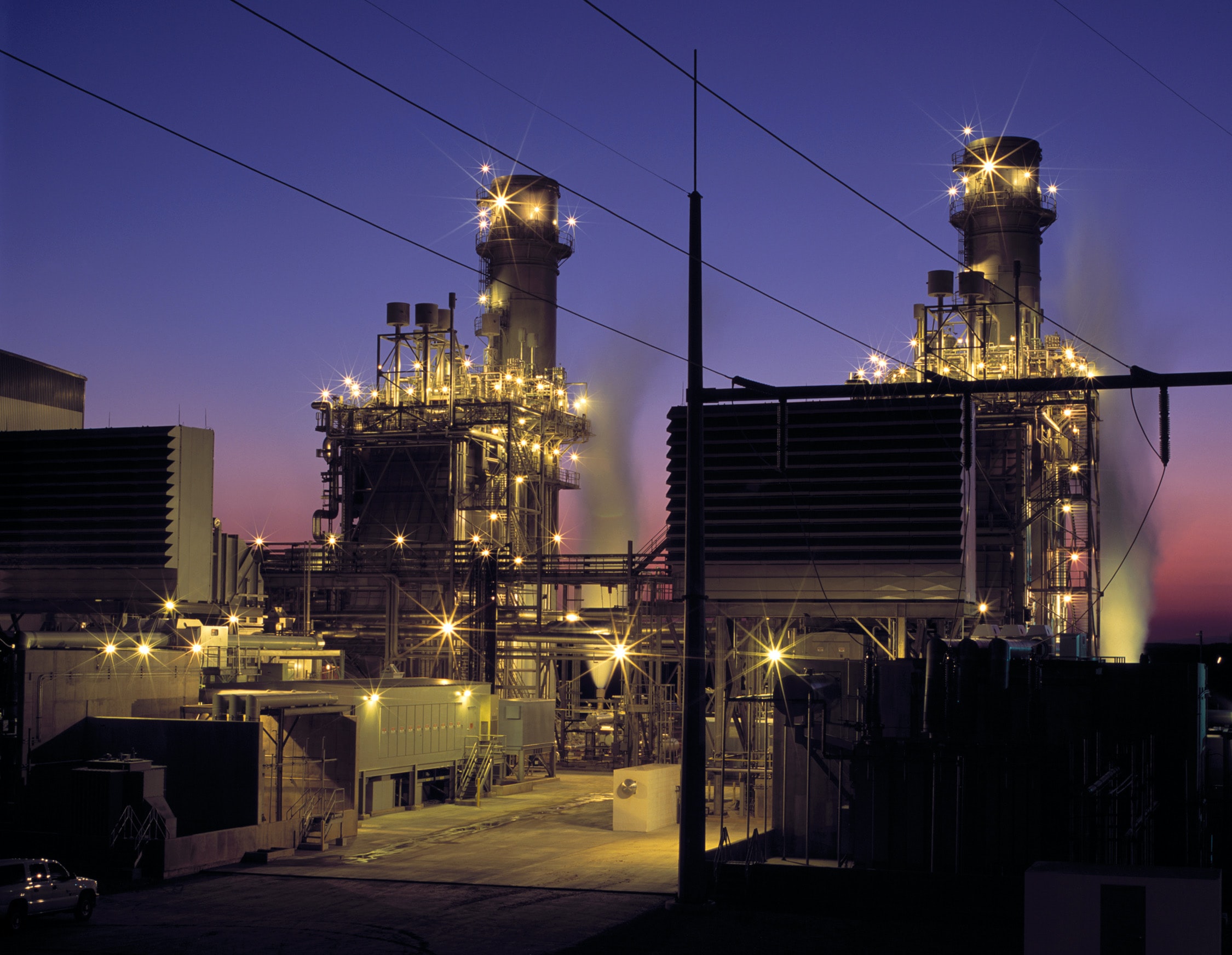Brazil, the home of samba, soccer, and beaches is on the verge of being a clean energy power. Microgrids can play a part in enhancing this role, helping to flourish renewable energy in Latin America’s largest country.
Globally, the microgrid market is growing. Transparency Research Group this past October said microgrid investment will reach $35.1 billion by 2020. This is an annual compound growth rate of 20.7% each year from 2014-2020.
Microgrids in BRIC (Brazil, Russia, India and China) countries, will reach a value of $4.5 billion by 2020, according to 2012 Zypryme research. Brazil will have 11% share of the BRIC microgrid market.
Rural Brazil can benefit from small-scale electricity grids. Nearly 93% in rural Brazil have access to electricity, thanks to the Light For all program back in the 2000’s . However, remote areas like the Amazon face energy poverty. Author Tom Friedman suggests being energy poor in a hot and crowded world will make it even more difficult for impoverished areas to get access to knowledge in the global economy, while effecting basic needs of living (shelter from extreme heat, water access).
Microgrids can become very critical in creating a clean energy solution for remote areas with limited electricity access, while fighting energy poverty in areas like the Amazon.
Microgrids is a perfect fit for Brazil’s needs. They can run off either renewable energy (which Brazil does have lots of thanks to hydro-electricity), fuel cells, or natural gas. Approximately 80% of Brazil’s produced energy comes from hydro-electricity alone.
However, ongoing drought concerns may very well push Brazil towards other renewables to boost its clean energy capacity. Recently, an auction was held for 1.5 GW of new wind and solar power bids, according to Bloomberg Businessweek. Rio Alto Energia, and Sun Edison will take in 929 MW of new Brazilian solar power. Rio Energy and EDP Renovais will split 548 MW of new wind energy capacity.
Brazil is targeting 7GW by 2024, according to Businessweek. These estimates are far greater than initial predictions of 3.5 GW by 2023.
Given changing dynamics of Brazil moving towards different forms of renewable energy, and the rise of the Internet of Things helping to improve microgrids, now is the time for the land of samba to embrace “An Energy for the Internet Age” with microgrids.




